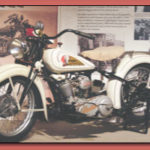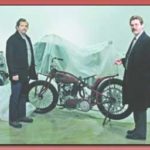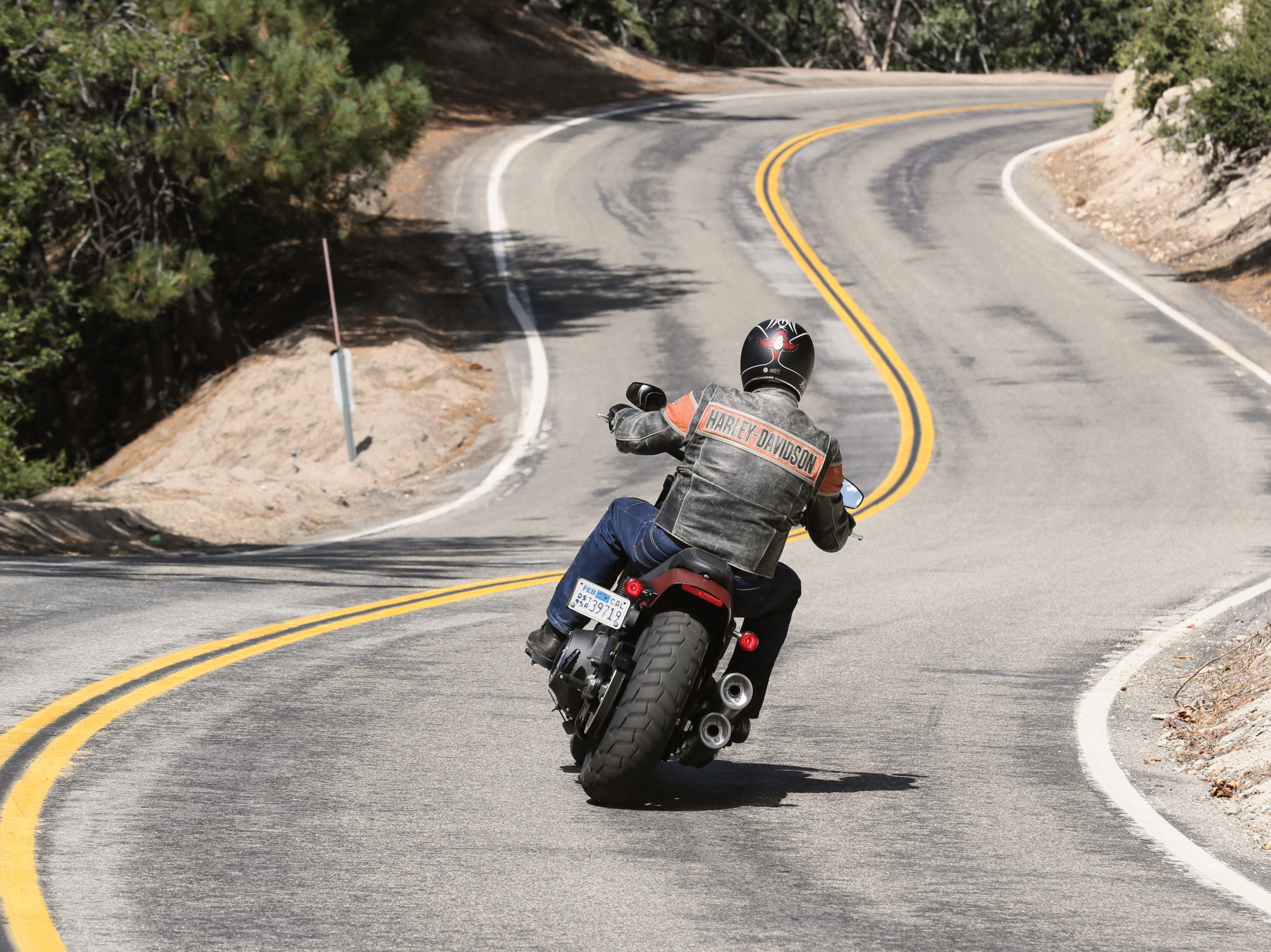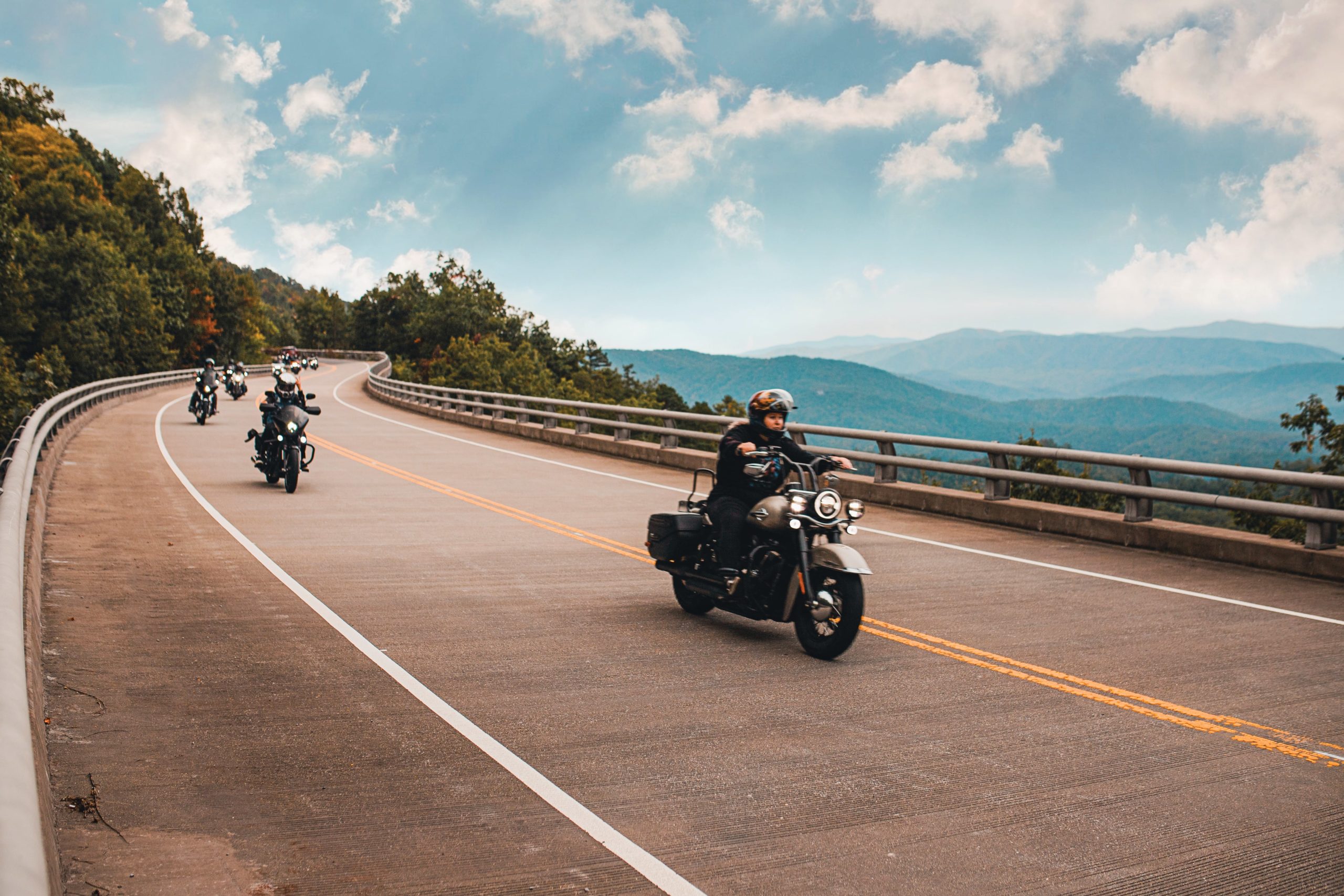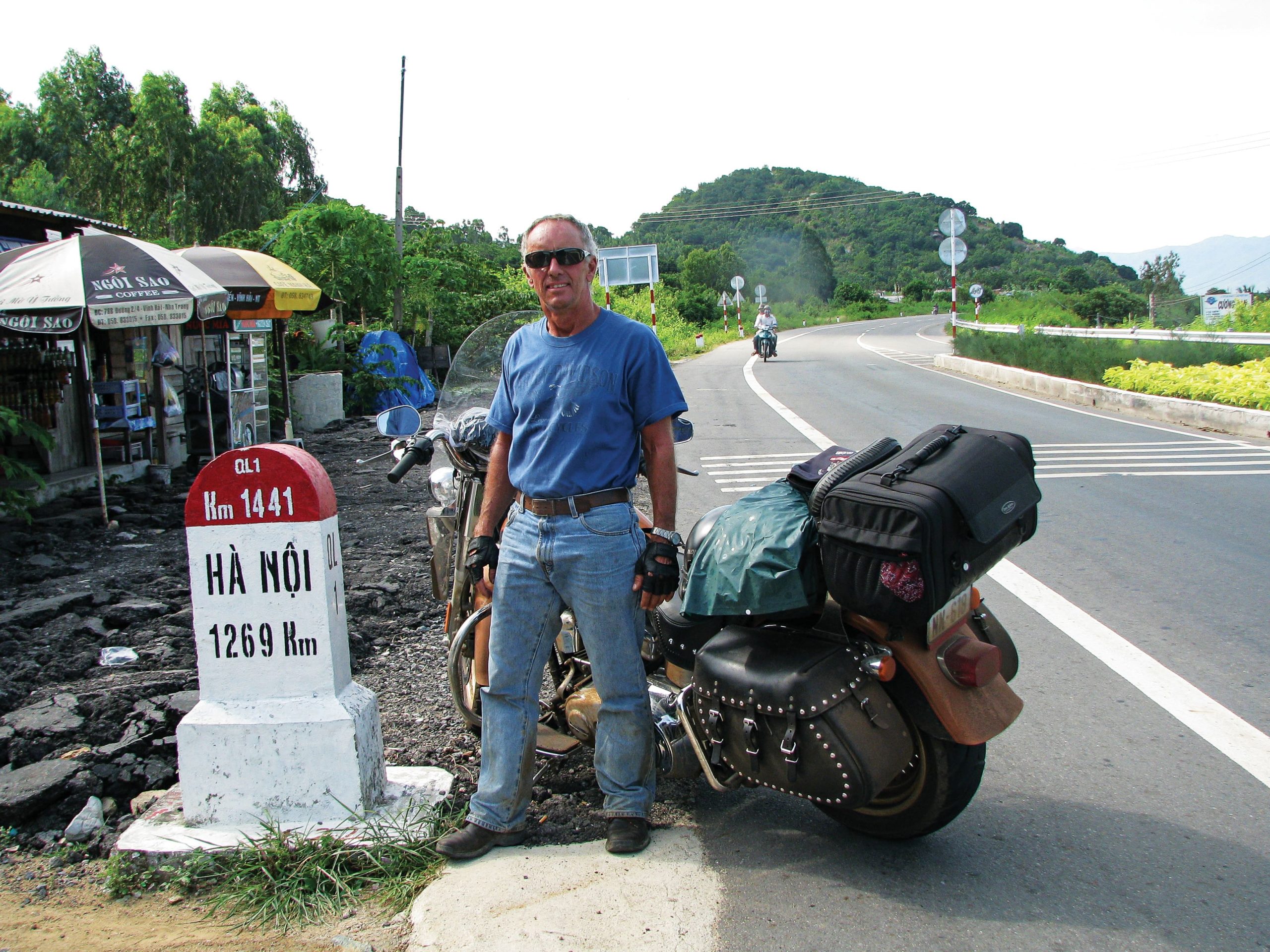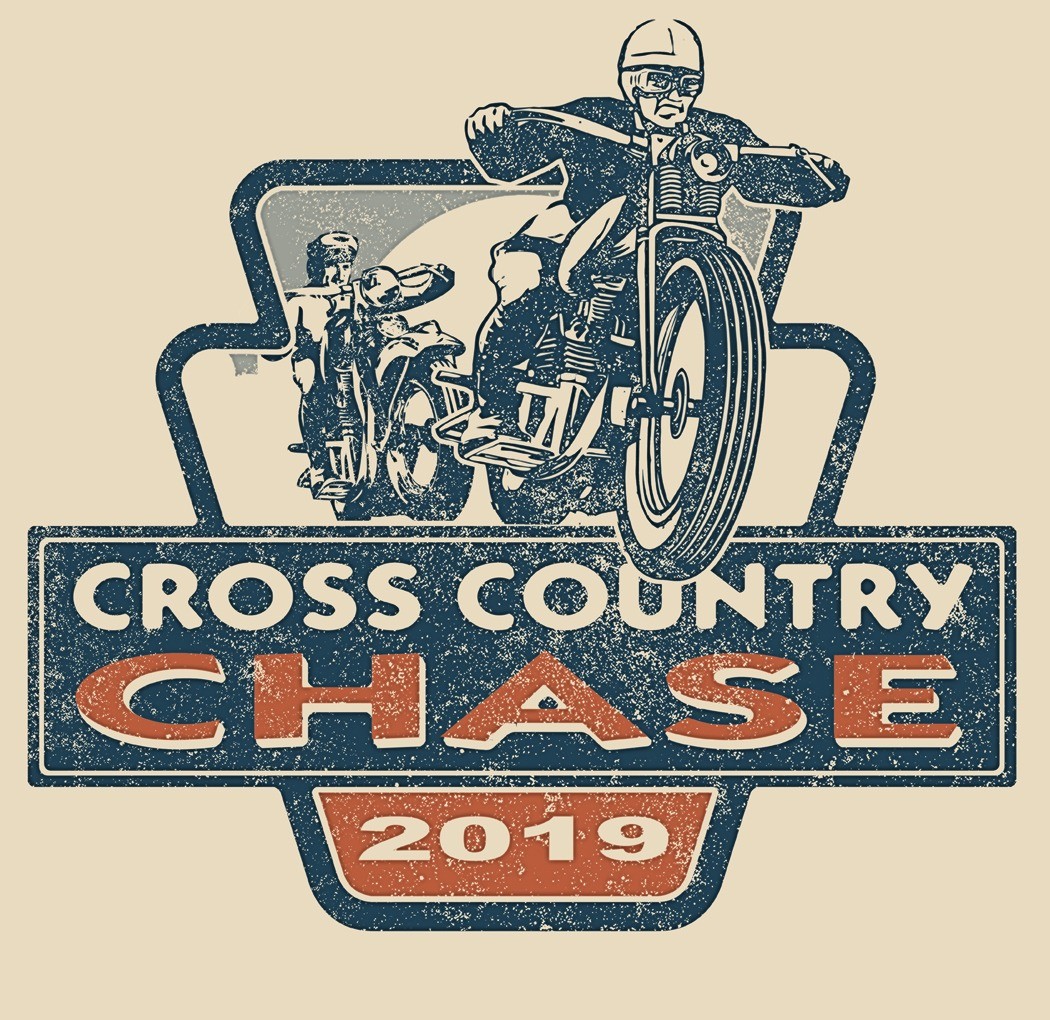Once is not enough
A new home for Indian Motorcycles
Springfield, Mass.—In the pale January light and sub-zero temperatures, workmen were constructing what will become the Great Hall. Yet, the heat of vision was in his voice as our host explained how the staircase would traverse this atrium and usher visitors into the exhibition halls. Although not scheduled to open until October 2009, the newest museum on the Quadrangle is already generating considerable interest.
Like the phoenix that is reborn from the ashes of its former self, the famous Indian Motorcycle Museum is being resurrected. The former museum, located at the old factory on Hendee Street, closed in 2007 and the world’s finest collection of Indian motorcycles was in limbo until, in a selfless act of generosity, Esta Manthos donated the collection to Springfield Museums. Here it will become the centerpiece of the new Museum of Springfield History.
Guy McLain, curator for Springfield Museums, graciously took time from his busy schedule to act as tour guide for my brother and me. A few displays have been created, and these give testimony to what is to come. Most of the large glass-fronted display cabinets have been built, but the first was completed only a couple of days prior to our arrival. Called “The Founders,” it’s graced by Carl Oscar Hedström’s personal motorcycle and George M. Hendee’s famous high-wheeler bicycle. The display includes memorabilia and a backdrop that introduces the founders of the Hendee Manufacturing Company. Hedström’s motorcycle has been reported as being one of the three motorcycles built by the company in 1901, but current research suggests it dates from 1903. Still, it’s the oldest Indian motorcycle known and amply illustrates how much of a jump the Hendee Manufacturing Company had on the new Harley-Davidson venture. The plate glass allows for an intimate inspection while thwarting the almost irresistible temptation to touch this iconic motorcycle.
Successive exhibits are open stages and the first one spotlights a 1913 V-twin and a 1917 opposed-cylinder “Model Zero.” The stage backdrops provide interpretive history accentuated with reproductions of vintage advertising and broadsides while the motorcycles are positioned to allow close inspection. Stanley Cornell’s 1912 racer with dual chains introduces the racing era, but I find the shipping case for the bike almost as interesting. Indian introduced electric starting in 1913—although the headlamps on electrified models continued to be illuminated by acetylene—and the now-famous Scout came on the scene in 1920. These and other milestones in the company’s history are sequentially represented.
I was expecting a nice selection of Chief, Scout, Warrior, Pony, and Papoose models, and I was not disappointed. There are motorcycles with sidecars and delivery boxes, and even Dispatch Tows, but the real treats were unexpected. I still don’t have a story regarding the Indian motorcycle fitted with retractable skis—something I could make use of—and the Eliason Motor Toboggan was a complete surprise.
From 1920 to 1929 the Indian Motorcycle Company diversified to produce shock absorbers, refrigerators, ventilators, outboard motors and even aircraft engines. One of the most interesting ventures was the development of an automobile. Simply referred to as “X” for experimental, four of these “dog” models were built. The final prototype, the X4, was powered by a 60 horsepower, L-head, straight-six Lycoming Model WS engine fitted with a Stromberg Model 0 carburetor. Unfortunately, 1929 was the year of the stock market crash and plans to produce cars were shelved. The X4 roadster was acquired by a former engineer (Peabody?) of the company, and subsequently driven for years, thus proving its viability. The engine for the original X1 will be on display, as will the completely restored X4. The other two X cars are rumored to have survived, but their whereabouts are unknown.
Peeking under plastic tarps, we uncover other treasures—Papooses, an Enfield Indian Dispatch Tow complete with its front hitch, and a Scout hillclimber fitted with an awesome rear sprocket. Ralph and I discover early examples of Indian engines, including the only V-8 airplane engine made by the Indian Motorcycle Company that’s known to exist. Discussions regarding the production of aircraft engines by the Indian Motocycle Company apparently began in 1910 or 1911, however, it is unknown when the first engines were actually produced. One of the first experimental flights for United States Postal Service airmail delivery took place in 1913 in an aircraft powered by an Indian engine, but whether this was a motorcycle engine—such as was used on the WACO flying boat—or an aircraft engine is unknown. It is known that this particular engine was made in 1921 and that it has a 4-inch bore, 4.5-inch stroke, displaces 452.4 cubic inches, has L-shaped heads fitted with brass water jackets, pushrod and rocker inlet valves with exhaust valves operated by camshaft and tappets, and that it utilized a magneto ignition. Weighing 260 pounds, it delivered 60-65 horsepower. Very little is known beyond this, but I’m certainly going to try to be in the shop when this grease-coated, dust-covered relic gets cleaned.
Downstairs, Guy shows us a room filled with motorcycles—none of which are Indians. There’s a Simplex with an automatic transmission, a Hercules powered by a Wankel engine, a Briggs & Stratton motor scooter, a bicycle fitted with an engine on the front wheel, a Corbin electric motorcycle and other oddities. I can easily envision a special display of unsuccessful motorcycle designs that simply were ahead of their time.
The Springfield Museum of History features other chapters in the manufacturing legacy of this city. America’s first production automobile, the Duryea, was manufactured here. So too was the three-wheeled Knox “car”—the Atlas. Few people seem to know that Rolls Royce manufactured cars in Springfield and the 1928 Rolls Royce on display has the distinction of having the longest single-ownership in the world—from 1928 to 1996. This city had the first mechanized fire department in the United States, so this becomes another fascinating exhibit of special interest. Gun manufacturing made Springfield famous. The national armory is one several museums located on the Quadrangle, and Smith & Wesson is a local company that has attained world renown. Guy points out another spacious area where the gun-making exhibition will be created, and I can visualize how visitors will be swept through the exciting industrial history of this city once the museum is completed.
I’ll be back. Once is not enough. There are things to investigate, stories to be told. It doesn’t open until Columbus Day in 2009, but from what I’ve already seen, this is a date to mark on your calendars.




